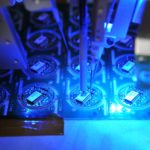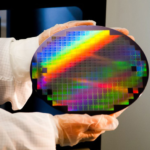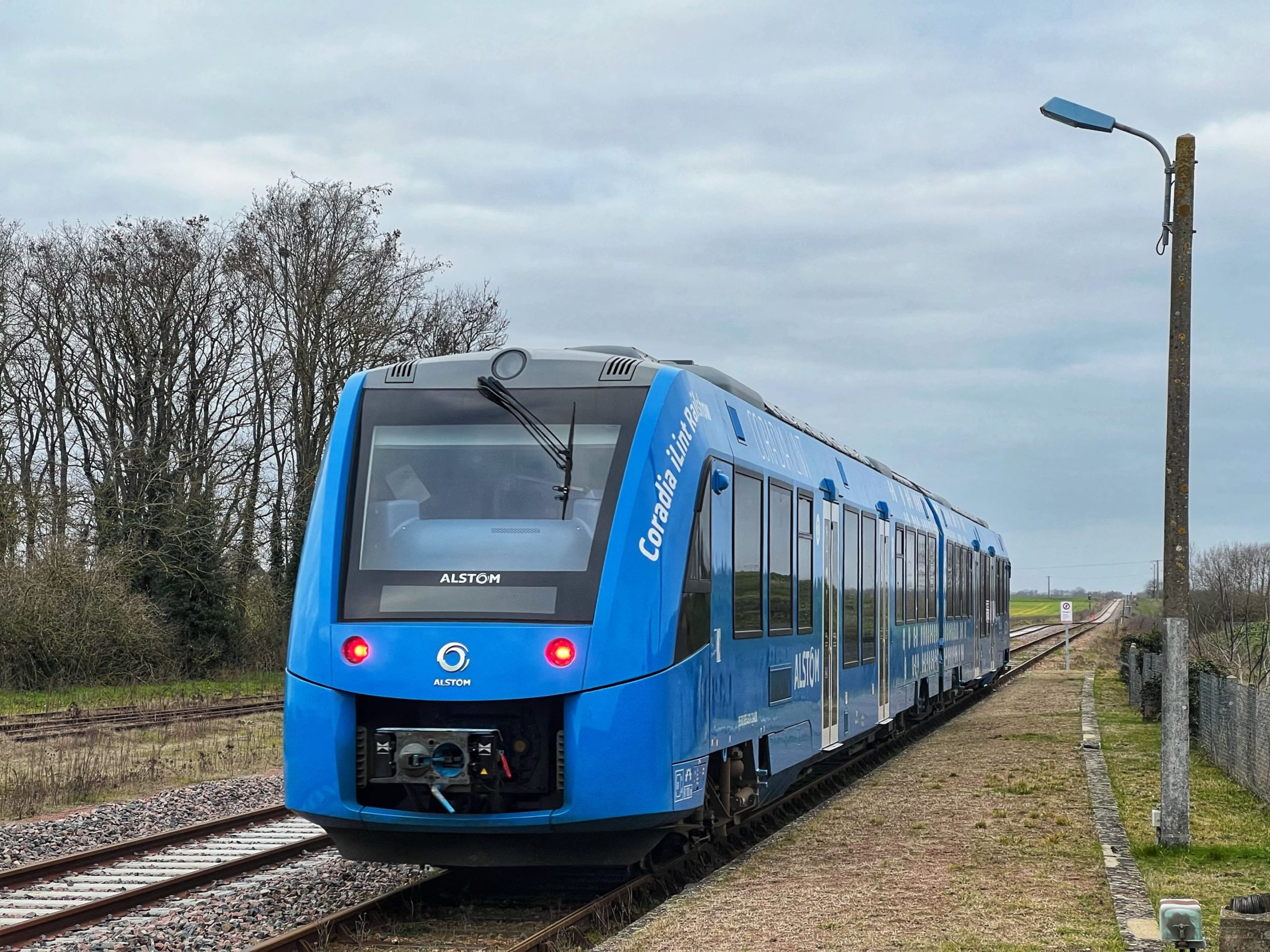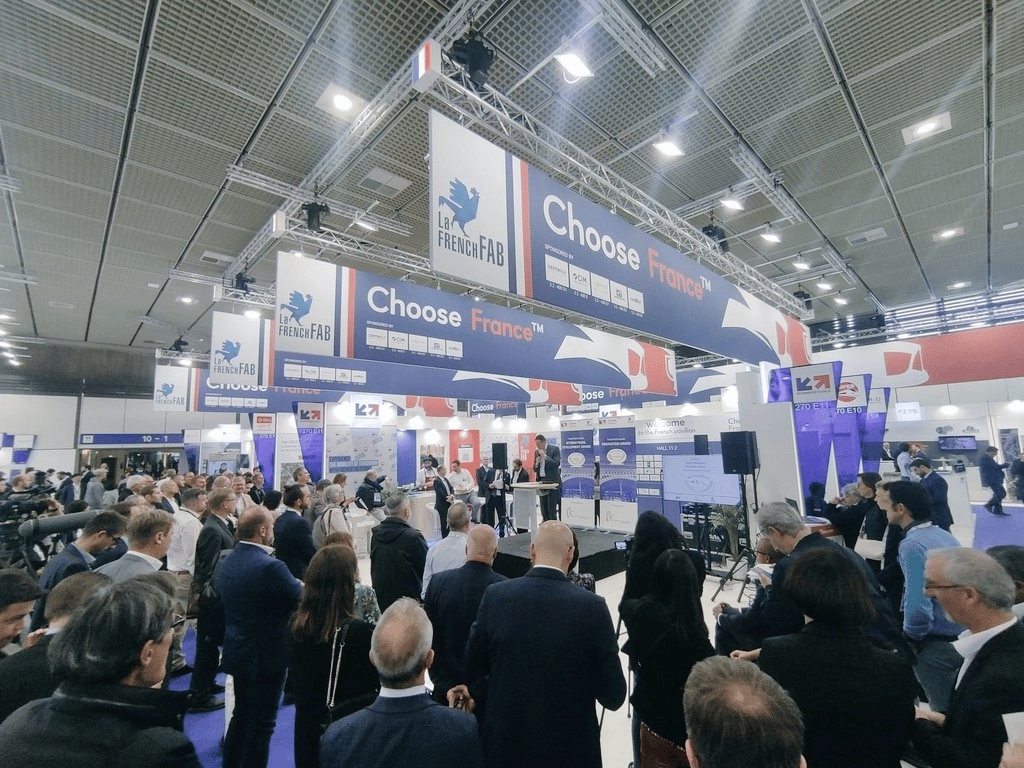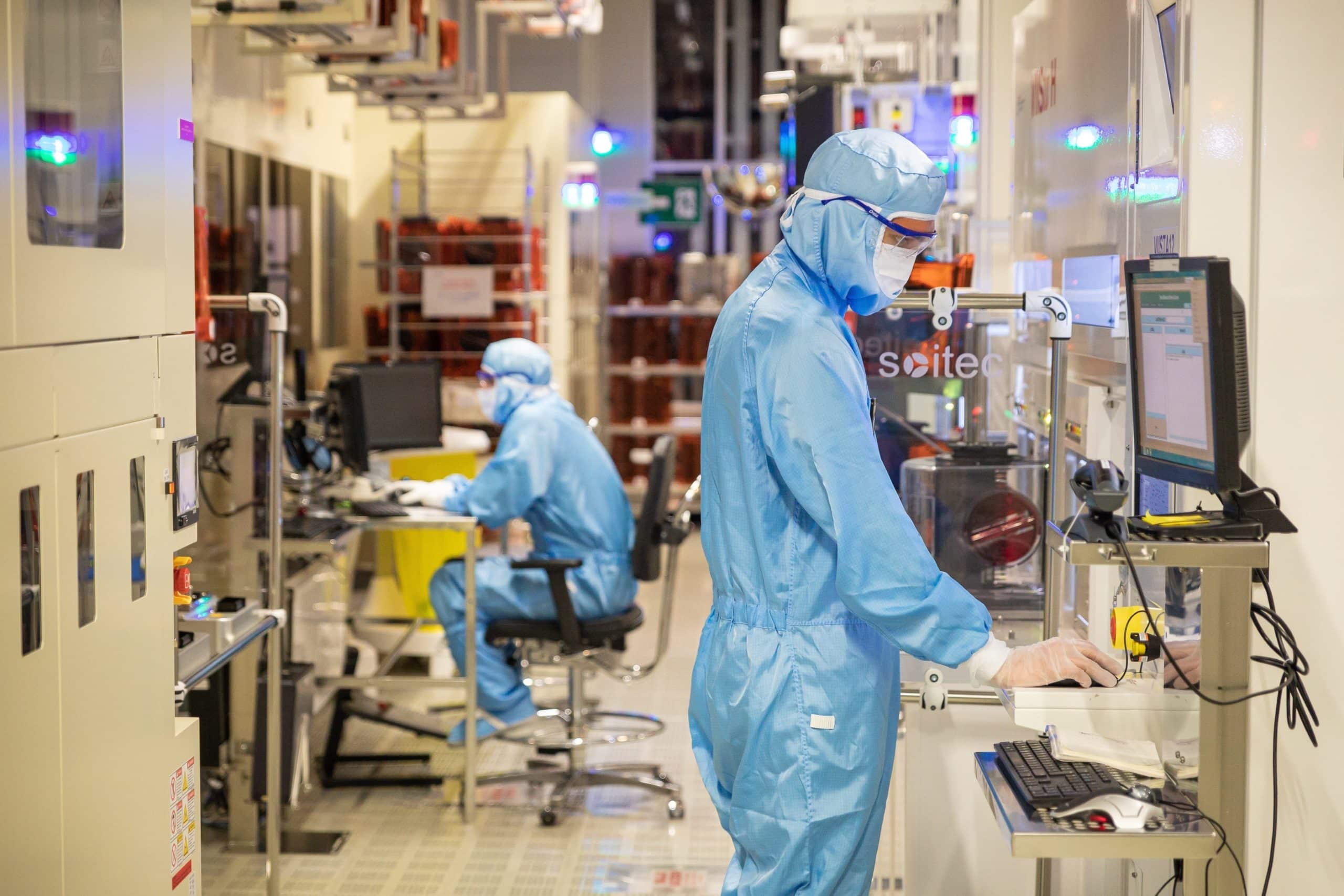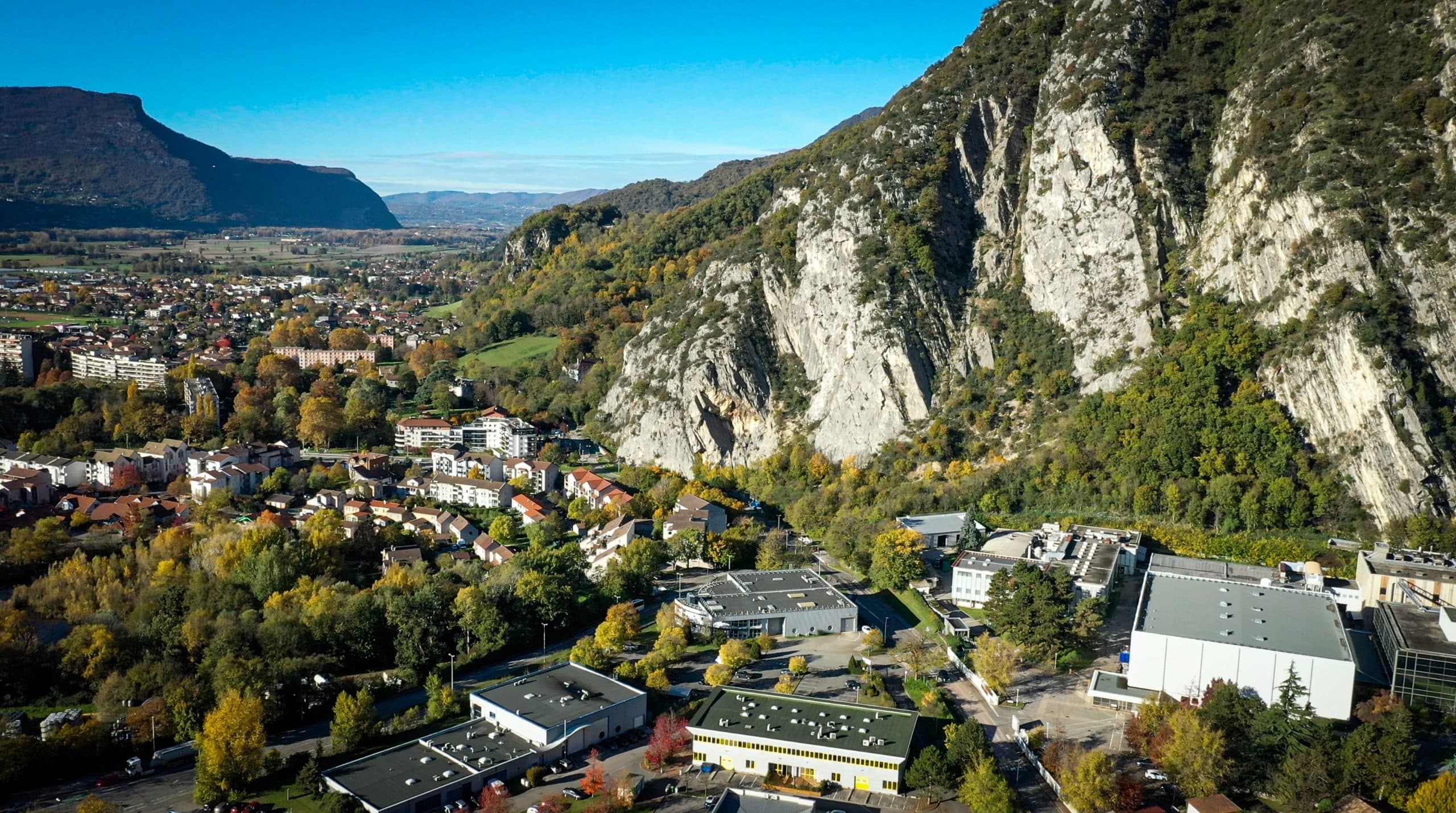
On April 18 the European Union approved the “EU Chips Act”, a €43 billion plan designed to turbocharge the European chip industry so that in ten years’ time it will account for 20% of global chip production, compared with 10% currently, and thus make Europe more independent in this sector. La French Fab is focusing on a premium positioning in the semiconductor market, supporting the EU’s aim to become, in the words of Thierry Breton, European Commissioner for the Internal Market responsible for the digital, industry and services sector, “an industrial powerhouse in the markets of the future” .
The Chips Act will support not only factory location projects but also innovation initiatives and R&D, a step forward that is welcomed by the semiconductor sector as the plan will enable the industrialization of new technologies such as the more efficient FD-SOI. The France 2030 plan will provide support for projects established on French soil.
FD-SOI: La French Fab takes the plunge
A new factory will be created in south-eastern France with the support of Franco-Italian company STMicroelectronics and US company Globalfoundries. The site will produce 28 and 22 nanometer chips on 300mm wafers, but more importantly it will make its components using FD-SOI technology (Fully Depleted-Silicon-On-Insulator) that allows significant performance and cost improvements for a variety of applications (AI, driver assistance, Internet of Things and more). R&D is already working to produce even smaller 18 and 12 nanometer chips. The factory will have access to an on-site processing unit that will recycle 50% of the water used. The site will emit 10 to 20 times less CO2 than current factories and will not release any solvents into the atmosphere. By 2026, it is expected to reach its fully operational output of 620,000 wafers a year.
Riber: French state-of-the-art quality
Miniaturization will eventually reach its physical limits, so the future for chips could take the form of breakthrough technologies such as Molecular Beam Epitaxy (MBE), a specialty of the French SME Riber that at the moment enjoys 70% of the market share in the industry. Currently reserved for specific applications such as night vision radar, this technique consists of depositing a single crystal layer of material in a vacuum, onto which components are then built. The technology is, for the moment, reserved for so-called compound semiconductors (5% of the market) but the French OEM is keen that its technology should penetrate major silicon chip plants (Intel, STMIcroelectronics and so on) and is preparing a machine designed for promising markets such as 6G, quantum or silicon photonics. Riber believes its developments will help it to achieve sales of €100 million by 2030.



